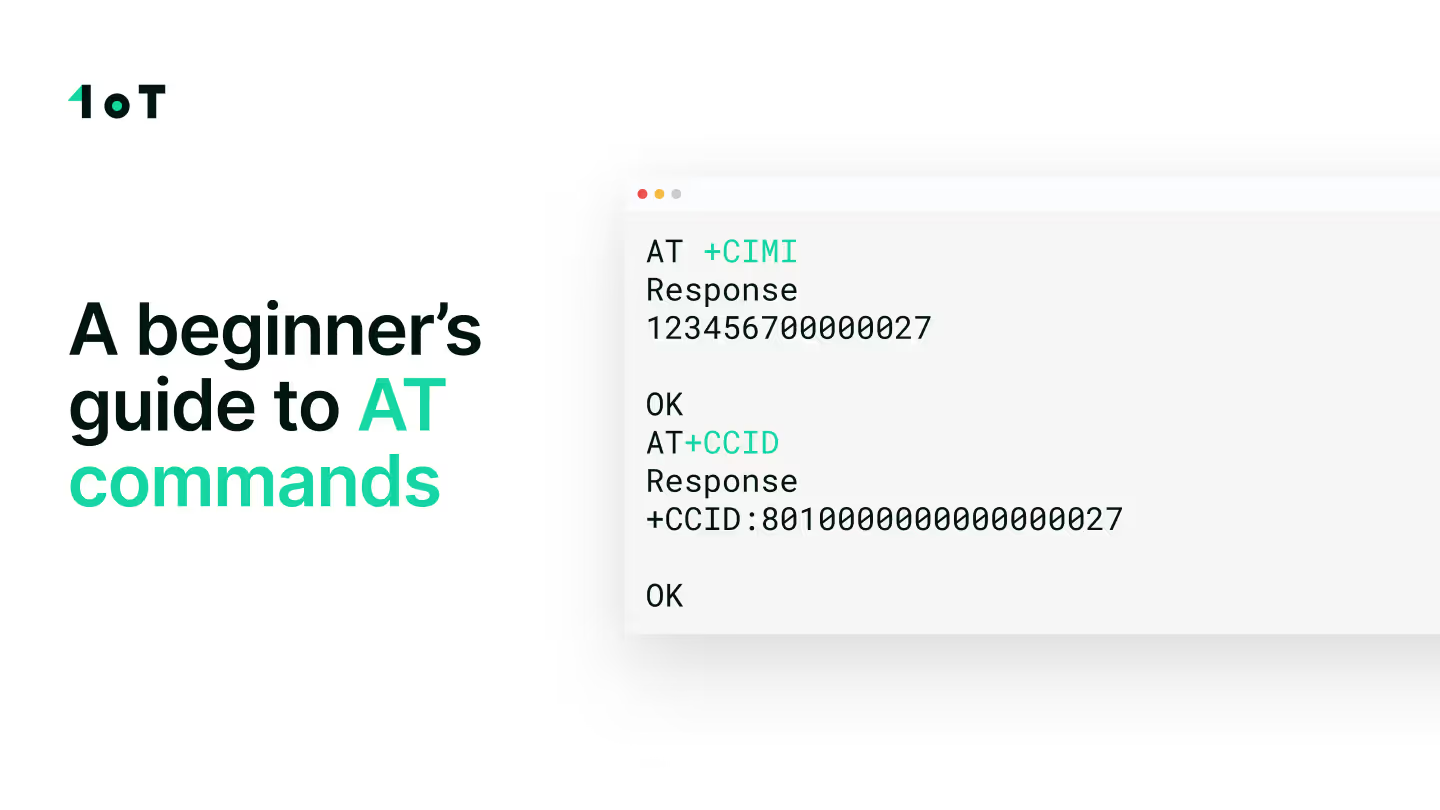Exploring IoT Connectivity: Comparing Cellular and LoRaWAN

You can use cellular connectivity and LoRaWAN to connect IoT devices to the cloud or each other. However, there is no single solution for all use cases. One can even say that the options are not even directly comparable as they can be used in very different ways. Even so, we can analyze their key characteristics.
Despite a wealth of online information, we'll address practical issues related to cellular connectivity and LoRaWAN in this joint article with Krakul. We hope to provide some new information as well.
The blog is structured in a Q&A framework to make browsing easier. Let's get started.
Why does cellular cost more than LoRaWAN?
It might not be as black-and-white.
Using a public LoRaWAN network also requires a subscription. Setting up your own LoRaWAN network is an expensive endeavor, as base stations themselves can amount to even four figures. In addition, cellular connectivity is still needed for data transmission if there is no Internet access via WiFi or Ethernet at the gateway.
We suggest focusing on cost optimization when using cellular networks. In addition to a suitable data plan with your connectivity service provider, you should focus on transferring only the necessary data and minimizing the workload on the devices.
What advantages does cellular have over LoRaWAN?
Cellular connectivity has numerous advantages over LoRaWAN. It offers greater bandwidth, low latency, and higher security due to better encryption. Reliability is high as well, with minimal data loss over long distances.
Cellular technologies are widely deployed. As a result, there is a vast network infrastructure worldwide with extensive coverage in many areas. And thanks to roaming, devices can move freely from one country to another, which makes for easy deployment to different locations by reducing its complexity and cost.
And where network coverage is inconsistent, eSIM allows you to switch telecom profiles to future-proof your connectivity.
Can I depend on cellular for a battery-powered device in a field?
Absolutely!
Cellular technologies such as LTE-M and NB-IoT are excellent for battery-powered stationary devices.
What's the latency for cellular vs. LoRaWAN?
In general, a cellular connection offers lower latency. For many IoT solutions, low latency is essential for a good user experience - no one wants to wait more than 5 seconds to activate a rental e-scooter or a smart lock through an app.
Latency in LoRaWAN is quite complex. The main issue is that LoRaWAN operates on a regulated shared frequency band (SRD860) - a device can work with a maximum duty cycle of 1%. In the extreme case where it takes 36 seconds to send a message, the device must remain silent for the rest of the hour.
Is there a limit on connections with cellular?
The scalability of cellular connections depends on the cellular technology used and the capacity of the cellular infrastructure.
Mobile networks are designed to manage a large number of connections simultaneously. The available spectrum, the density of cell towers, and the network infrastructure affect the capacity of a cellular network. Different cellular technologies, such as 2G, 3G, 4G LTE, and 5G, have different capabilities in terms of bandwidth and the number of connections they can support.
For example, 4G LTE networks with high data rates can support thousands of simultaneous connections per cell tower. 5G networks further improve scalability and can handle even more connections at higher speeds.
Basically, each new generation offers more, but the requirements of a specific IoT device might be satisfied with less. This can help with cutting costs, but in the meantime, you should not forget about the looming 2G/3G sunsets.
What if cellular towers are overcrowded?
Cell towers can become overloaded in densely populated areas or during peak times. When a cell tower is overloaded with connections, it can lead to reduced network performance, slower data speeds, and potential connection loss.
To address this issue, mobile network operators monitor and optimize their network capacity by deploying additional cell towers, expanding network coverage, and upgrading infrastructure to higher-capacity technologies such as 5G.
Choosing an appropriate communication standard for a single independent IoT device depends on the project requirements. You can think of it like a triangle with three corners: throughput, latency, and power (or area/distance).
Each communication standard is somewhere in this triangle and is closer to the sides or corners, depending on its strengths. If the device must have a 10-year battery life and requires very little bandwidth, LoRaWAN might be ideal. At the same time, it may be wrong for another use case.

On the other hand, if it is a more comprehensive IoT solution with many different devices, it may also make sense to combine communication technologies. LoRaWAN and Cat-M1/NB-IoT can be seen as complementary technologies and can easily be deployed together to leverage the strengths of each technology. LoRaWAN addresses the need for longer battery life with higher latency and smaller packet sizes. Meanwhile, Cat-M1/ NB-IoT (or even 5G) can be used for larger payloads with lower latency.
In theory, combining LoRaWAN and cellular is an ideal solution for many networked devices in remote locations where cellular coverage is spotty and existing LoRaWAN networks cannot be used. Such situations can be solved by setting up a cellular gateway for a LoRaWAN hub in a suitable place and using LoRa for local connections to simple low-power IoT devices.
If you need help selecting the appropriate technology for your smart device, feel free to reach out to us via email at sales@1oT.com.















.avif)














.avif)
























































